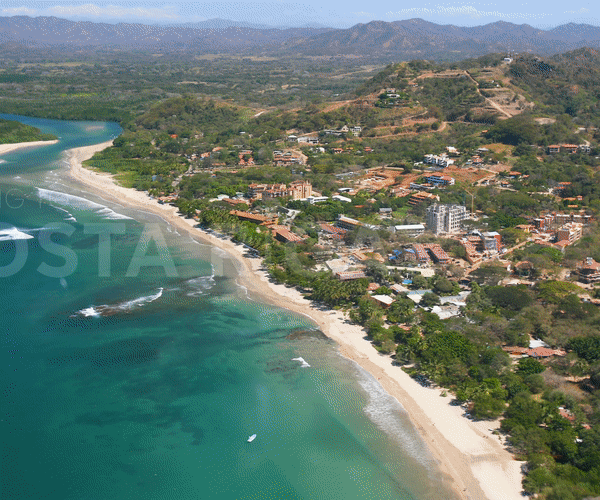Costa Rica is a relatively small country, with a total land area of 19,730 miles, an entire coastline of 801 miles, and a population of 5.2 million. For comparison, it is slightly smaller than the state of West Virginia in the U.S. Yet, despite its small size, Costa Rica has more than 500,000 species, representing approximately 4% of the world's total biodiversity.
This makes it one of the most biodiverse countries in the world, attracting thousands of tourists every year who come to witness the incredible variety of flora and fauna that this country has to offer. As a new ex-pat in the country, there are some beautiful things to know about your new home.
Why Is Biodiversity Unique in Costa Rica?
This biodiversity can exist because species have lived in isolation, with ocean species developing in the Atlantic and Pacific oceans on either side of the Isthmus of Panama and…
Because of the wet seasons on the Atlantic coast of Costa Rica and the drier seasons on the Pacific coast, a rich diversity of land, plant, and sea wildlife can thrive.
A few facts:
• Costa Rica’s landmass is only 0.03% of the planet’s surface…but
• It is home to 5% of the species worldwide
• It is one of the 20 wealthiest countries in terms of biodiversity on the planet.
• Costa Rica hosts half a million species - 8,500 plants, 220 reptiles, 160 amphibians, 205 mammals, and 850 bird species have been identified so far.
• Forests cover 65% of the country.
• Parks and reserves protect ¼ of the country.
Costa Rica has 12 ecosystems, ranging from the oceans to the mountaintops, and in these ecosystems, you find cloud forests, tropical forests, wetlands, coral reefs, and mangroves. It’s no wonder that with all the ecosystems, there is such a diverse range of flora and fauna.
The Importance of Biodiversity
• Wildlife supports healthy ecosystems that we rely on.
• Keeping biodiverse ecosystems intact helps humans stay healthy.
• Biodiversity is an essential part of the solution to climate change.
• Biodiversity is good for the economy Because it is a significant tourist attraction providing many Costa Ricans jobs and income.
• Biodiversity is an integral part of culture and identity.
Conservation in Costa Rica
Information about conservation efforts in Costa Rica
• Costa Rica is the first country in the world to reverse deforestation
• Since 1990, the country has doubled the size of its forests
• By 2025, the country will protect and conserve 100% of coastal wetlands
• By 2030, Costa Rica will increase the recorded area of coastal wetlands by at least 10%
There are 28 national parks in Costa Rica, all under the National Park System and conservation protection. SINAC and MINAE are two environmental agencies responsible for sustaining the country’s biodiversity.
Both the private and public sectors are helping the conservation of Costa Rica at the local, national, and global levels. As an individual living in Costa Rica, you can support conservation efforts by
• Animal Rescue and Conservation
• Montezuma Sea Turtle Volunteer Program
• Childcare and teaching in San José
• Sea turtle conservation
• Health and Medical Care in San José
• Sloth and Wildlife Rescue Center
• Macaw and Wildlife Sanctuary
• Family-Friendly Animal Rescue and Conservation
• Sustainable Organic Coffee Farming
A Final Thought
Living in Costa Rica is a monumental change from living in a relatively built-up, populated, and paved country to one that isn’t. Living in Costa Rica means you’re living in the jungle. Now, your jungle.
With your help, Costa Rica can sustainably benefit from its many natural resources by preserving its biodiversity and ensuring their availability for future generations. Are you ready to be a good steward of its lush ecosystem?
Welcome to Costa Rica!




